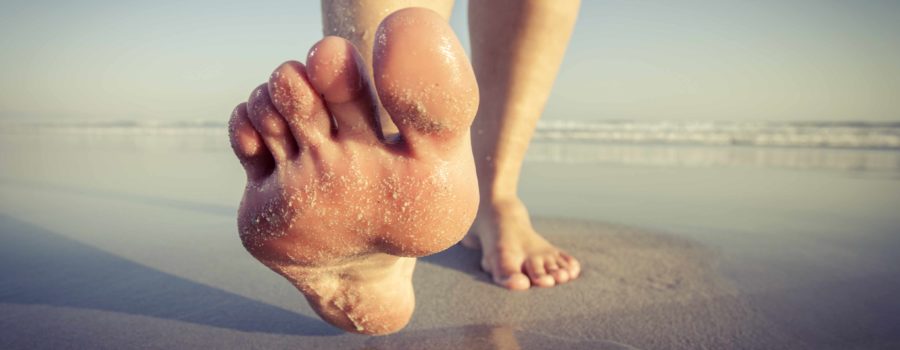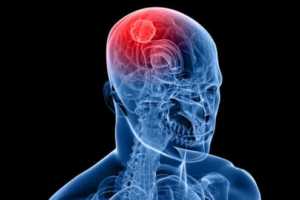Helping Toe Walkers at Birkdale Pediatric and Neuro Clinic
Do we simply do passive stretching to calf muscles when children walk on their toes?
In our experience passive stretching does not work and there has been many papers written on the topic to support this. After many years we realised that children who are toe walkers often have difficulty in postural alignment of head and neck and trunk and pelvis. They stand with their weight forward on their toes and lose their balance if they have to look down. They also have poor co-contraction of hamstring and quadriceps muscles and as a result they cannot sit down in a controlled pattern. There is also difficulty in standing up in a controlled pattern since they use momentum to rise to standing instead of using their calf to push up. Looking down is difficult for them too. Toe walkers compensate with their neck for so long that looking down means having no control. These compensatory patterns affect the ocular motor behaviour which means they stop looking down and as a result they trip over objects and in a crowded place they miss objects.
What do we do at Birkdale Neuro Rehabilitation Centre
- We use peanut balls in supine lying
Working to achieve elongation of head and trunk and stimulate vertical eye movements. This allows the calf muscles to relax and automatically heels are on the ground.
- Sitting on the air cushion
We work to achieve sitting balance, and using peanut ball actively to stretch the hamstring; children often respond to this as they are not aware of being stretched.
- Standing on the balance mat
On the balance mat, they have sensory feedback and that encourages them to bring their heels down otherwise they fall over. This sensory feedback encourages different pattern of movements and these could be achieved by:
- Waling on balance mat,
- Walking on different texture mats,
- Walking on a tight trope.
Children enjoy playing and therefore they are more willing to repeat these exercises. It is important to encourage the same games at home. It has to be fun in order to change the neural path ways.




